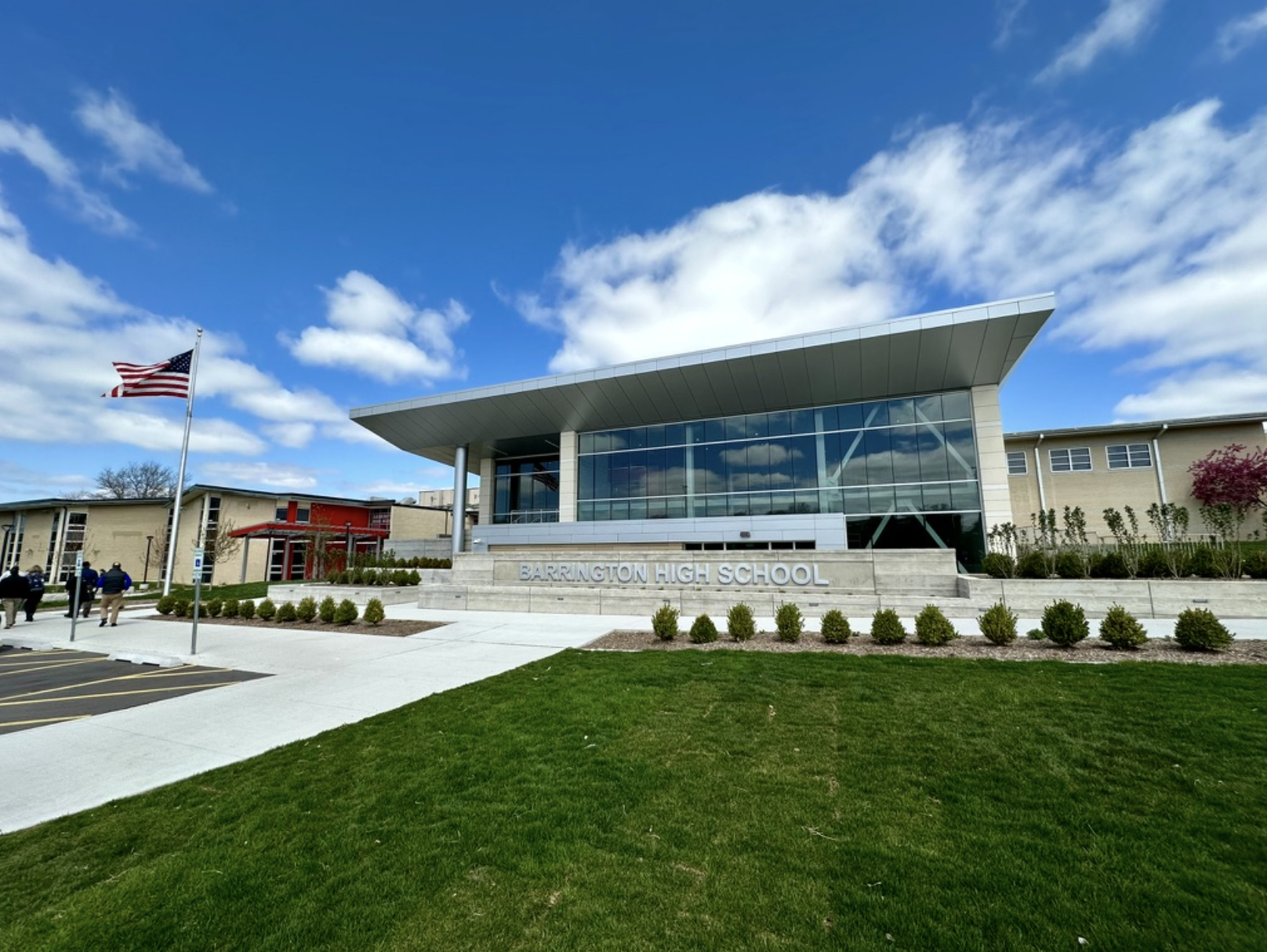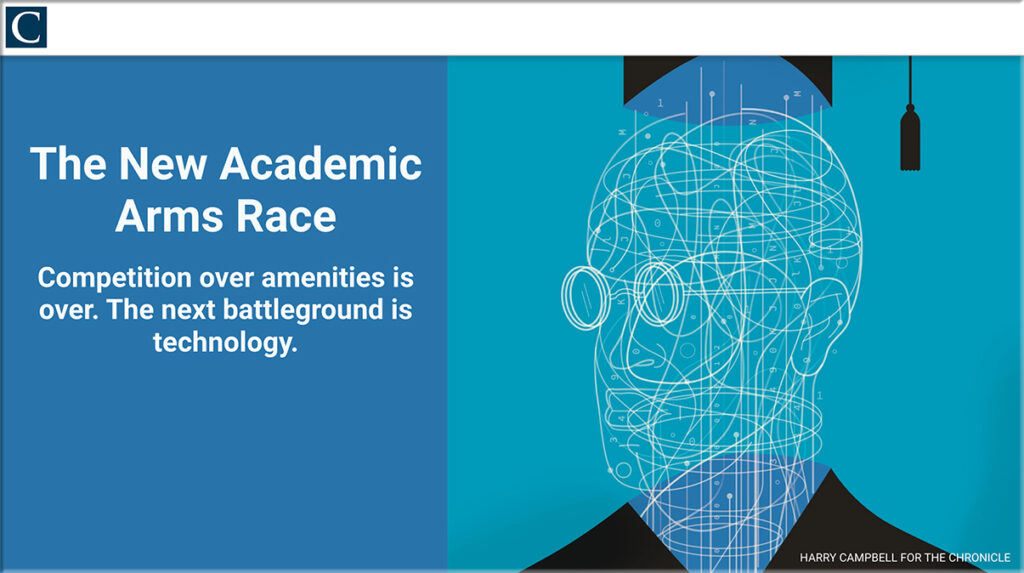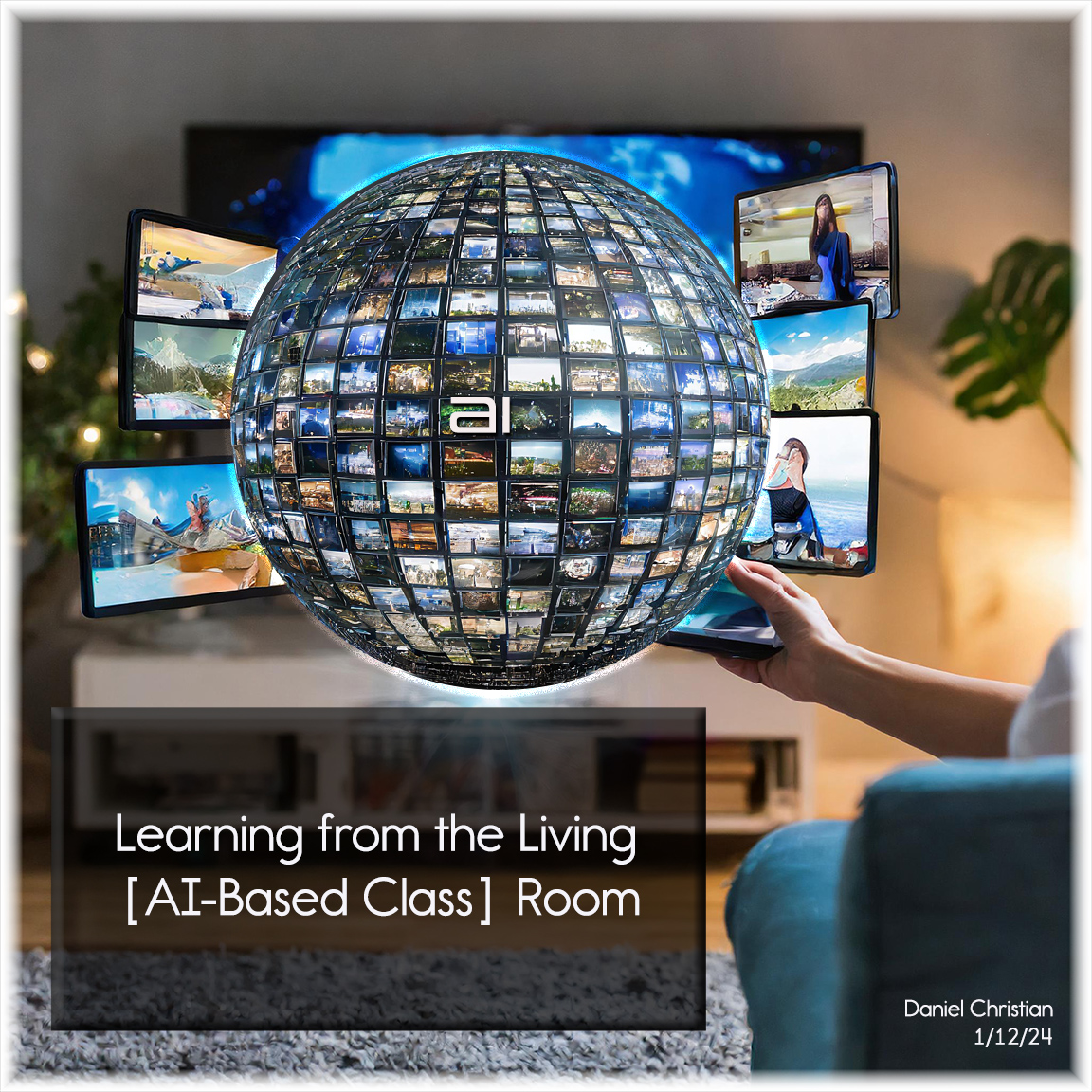What aspects of teaching should remain human? — from hechingerreport.org by Chris Berdik
Even techno optimists hesitate to say teaching is best left to the bots, but there’s a debate about where to draw the line
ATLANTA — Science teacher Daniel Thompson circulated among his sixth graders at Ron Clark Academy on a recent spring morning, spot checking their work and leading them into discussions about the day’s lessons on weather and water. He had a helper: As Thompson paced around the class, peppering them with questions, he frequently turned to a voice-activated AI to summon apps and educational videos onto large-screen smartboards.
When a student asked, “Are there any animals that don’t need water?” Thompson put the question to the AI. Within seconds, an illustrated blurb about kangaroo rats appeared before the class.
Nitta said there’s something “deeply profound” about human communication that allows flesh-and-blood teachers to quickly spot and address things like confusion and flagging interest in real time.
Deep Learning: Five New Superpowers of Higher Education — from jeppestricker.substack.com by Jeppe Klitgaard Stricker
How Deep Learning is Transforming Higher Education
While the traditional model of education is entrenched, emerging technologies like deep learning promise to shake its foundations and usher in an age of personalized, adaptive, and egalitarian education. It is expected to have a significant impact across higher education in several key ways.
…
…deep learning introduces adaptivity into the learning process. Unlike a typical lecture, deep learning systems can observe student performance in real-time. Confusion over a concept triggers instant changes to instructional tactics. Misconceptions are identified early and remediated quickly. Students stay in their zone of proximal development, constantly challenged but never overwhelmed. This adaptivity prevents frustration and stagnation.
InstructureCon 24 Conference Notes — from onedtech.philhillaa.com by Glenda Morgan
Another solid conference from the market leader, even with unclear roadmap
The new stuff: AI
Instructure rolled out multiple updates and improvements – more than last year. These included many AI-based or focused tools and services as well as some functional improvements. I’ll describe the AI features first.
Sal Khan was a surprise visitor to the keynote stage to announce the September availability of the full suite of AI-enabled Khanmigo Teacher Tools for Canvas users. The suite includes 20 tools, such as tools to generate lesson plans and quiz questions and write letters of recommendation. Next year, they plan to roll out tools for students themselves to use.
…
Other AI-based features include.
-
- Discussion tool summaries and AI-generated responses…
- Translation of inbox messages and discussions…
- Smart search …
- Intelligent Insights…














